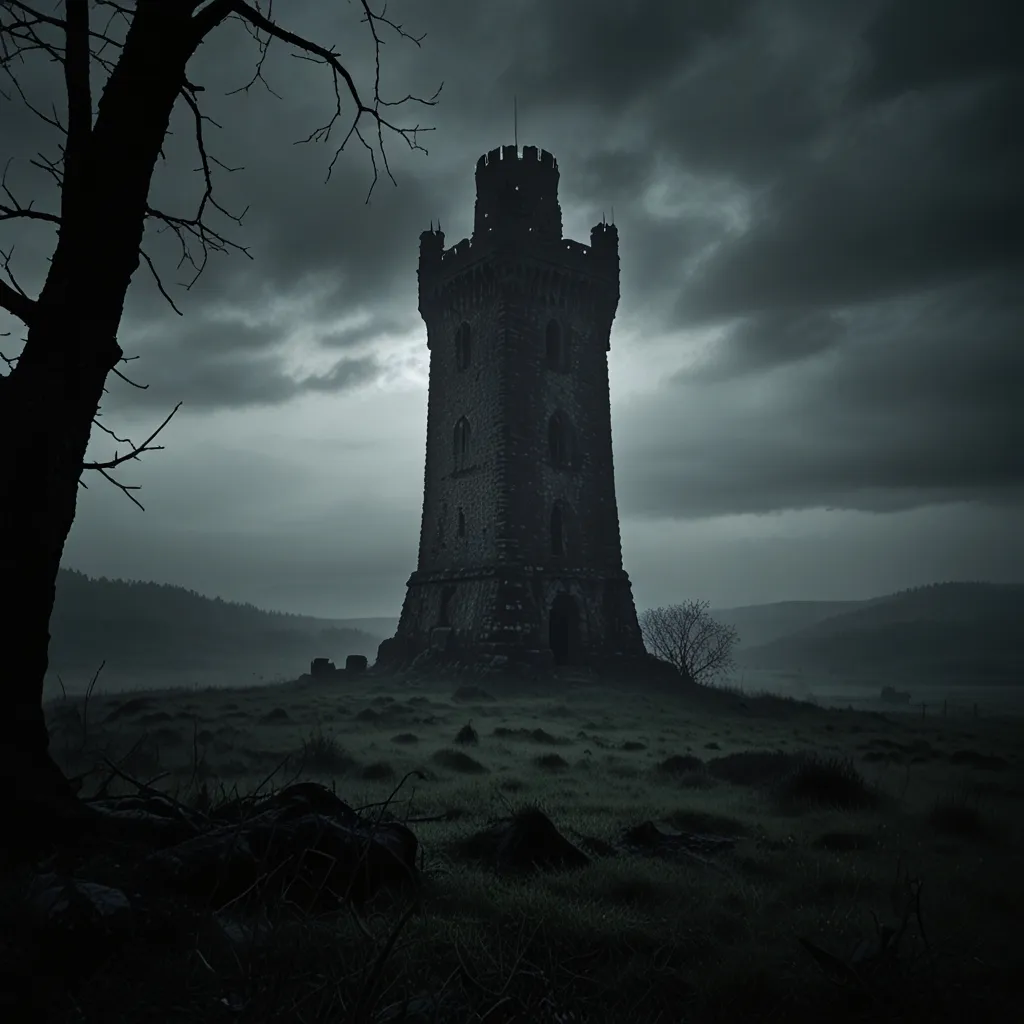The Holy Land is often a destination of reverence and solemnity, as pilgrims traverse its sacred grounds to connect with divine energies. But just outside Jerusalem’s holy embrace, the Valley of Hinnom casts a shadow much darker than its historical or religious significance. This eerie, ancient site once witnessed rites and rituals that bowed to sinister forces, diametrically opposed to the benevolent entities worshipped within Jerusalem’s walls.
Imagine, in the times recorded by the prophet Jeremiah, the Valley of Hinnom as a stage where acts of unimaginable horror unfolded. Parents, driven possibly by fear or misplaced faith, sacrificed their children in fire, hoping to appease spirits or demons supposedly controlling their fortunes. It’s chilling to think about the depths of despair or confusion that could lead to such practices.
The questions surrounding the Valley of Hinnom and its deeds are as endless as the shadows that cloak it. Did these dark acts result from sheer human mischief and malevolence, or was there something more, a genuine presence of evil whispering through history? Ancient scriptures often speak of Satan—known by many names: Beelzebub, Lucifer, the Prince of Darkness—who, according to lore, embodied temptation and misdirection. This figure has been depicted across times and cultures, from sacred texts to folklore, maintaining an enduring presence as the personification of evil.
These narratives, depicting Satan not merely as a character but as a symbol of divine defiance, offer moral allegories. They prompt people to remain vigilant against the allure of immoral paths, lest they be led to eternal damnation. Fear of such fates has historically kept adherents faithful to religious doctrines, hoping to avoid the torturous fires penned in religious grimoires.
Across diverse religions, the antagonist of peace takes many forms. In Christian teachings, this is Satan, once a radiant angel turned adversary after a celestial rebellion. This notion of a great enemy temping the pious is mirrored in other beliefs: Mara in Buddhism, Iblis in Islam. These figures serve to embody the struggle between good and evil present in the human journey.
Medieval European art and church carvings represent the Devil with grotesque features—an enduring image of doom that echoes through centuries. It’s fascinating to see how such depictions became ingrained in culture, influencing even contemporary media and literature.
In modern times, echoes of this ancient fear surface in public spectacles. Consider the viral incident involving Pope Francis, who, in what appeared to be an exorcism, attempted to free a man from possession. Exorcism, a rite as old as civilization itself, exemplifies humanity’s enduring battle against perceived incarnations of evil. Though symbolic, the Catholic Church holds these rituals as exercises of its authority, believing they can ban alongside rituals believed to wield genuine power.
Exorcists, in their work, stand on the frontline of this spiritual warfare. Their practice is not sorcery but, rather, a solemn prayer beseeching divine aid against demonic forces. Objects like rosaries and holy water symbolize spiritual strength, the instruments wielded to battle darkness. Critics may scoff at these practices, but countless accounts depict dramatic incidents during exorcisms: seemingly normal individuals performing physically impossible feats, inexplicable levitations, and more.
In the realm of unexplained phenomena, the mystery of Devils Tower tantalizes as a natural enigma. Majestic in its isolation, the tower’s origins perplex geologists and mystics alike. It stands solitary in the Wyoming plains, breaking the landscape with its towering presence. Is it a monument crafted by ancient spiritual forces, a natural anomaly, or a bastion of higher, unfathomable power?
For some Native Americans, Devils Tower is not just a geological wonder but a place of profound spiritual consequence. Revered as a sacred site, it’s seen as a bridge to divine energies. This mythology finds resonance in popular culture too, with the tower famously serving as a beacon for extraterrestrial interaction in Steven Spielberg’s “Close Encounters of the Third Kind.”
Yet, nature keeps its secrets, leaving such places as humbling reminders of our limited understanding. As people stand at the base of Devils Tower or immerse themselves in the eerie aura of the Pine Barrens, the reminder is clear: there’s still much to learn.
The Pine Barrens echo another mystifying presence—the Jersey Devil. Enigmatic and feared, this creature’s lore weaves through New Jersey folklore like a chilling wind. Its origin story is as bizarre as its supposed sightings, rumored to have been born from a cursed 13th child.
Despite skepticism, the legend of the Jersey Devil is entwined with local identity, reviving tales of terror with each new sighting. Expounded during the hysteria of 1909, hundreds claimed encounters with this beast, inflaming public panic and fascination.
The lines between reality and myth blur in these narratives, with figures like the naval officer Stephen Decatur affirming its presence. Such accounts invite curiosity and doubt, challenging our perception of reality.
Explorers of these bizarre phenomena must wonder—are these places and stories truly inhabited by otherworldly forces, or do they reflect the human psyche’s depth, ever drawing lines between the light and the shadow? Both Devils Tower and the Pine Barrens serve as poignant reminders of that eternal dance, balancing between known facts and unknown mysteries that keep humanity searching for answers.






